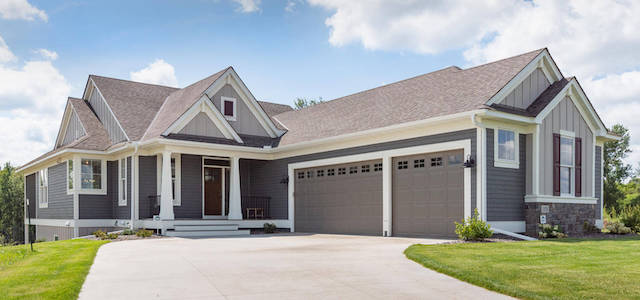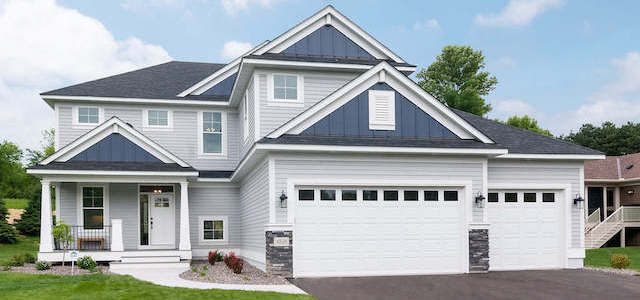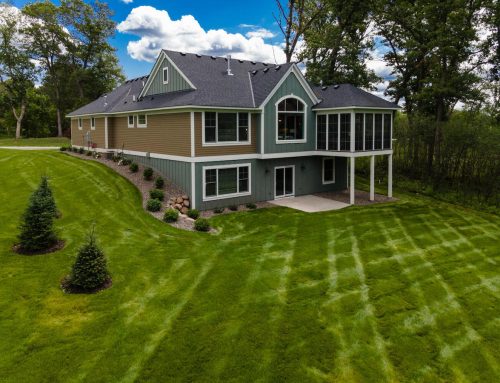If you’re thinking about remodeling your home to update your kitchen or bath then consider the latest in aging in place remodeling trends. Aging in place means your home has been designed or remodeled with the hope that you will stay in your home as you age. Many homeowners are opting to renovate their current homes so they can avoid an assisted living home or nursing home for as long as possible. There’re many good reasons to age in place – it’s more affordable, it’s more comfortable – and it also can extend a person’s life. According to this study, life expectancy is decreased when a senior moves into a nursing home or other care facility. The aging in place remodeling trend is not only a good thing to do for your home, it’s a good thing to do for overall quality of life.
If you’re thinking about aging in place in your current home there are some things you’ll want to make address. Not all homes need renovation or remodeling, and some features you may find unnecessary, but certainly something to consider.
Aging in Place Remodeling Trends
Exterior – Low maintenance siding is a must. The last thing you want to do is climb a ladder to touch up the paint on your home. Vinyl, brick, fiber cement, stucco and stone are all great options. Wood, while beautiful, needs a fair amount of maintenance. Hire a yard service or plant low maintenance shrubbery and plants in your yard.
Floor plan – Homes that are designed with an open floor plan are much easier to manage in a wheel chair or when using a walker or scooter. Single story homes are ideal, but as long as the main living areas are located on the main level it’s doable. Homes with second and third stories don’t make for good aging in place homes.
Hallways – Certified aging in place homes require hallways to be at least 36 inches wide. If you can add a few more inches you won’t regret it. Make sure hallways are well lit with baseboard lighting.
Bathrooms – The bathroom requires many updates to be considered aging in place. Countertops should be lowered to wheelchair height. Grab bars must me installed properly so they can support a person without fear of the appliance coming undone. Toilets must also be reinforced to be certified aging in place. No threshold shower is optimal and at least 36 inches wide for wheelchair or walker to operate and maneuver properly. Seating in the shower is also helpful along with an extra hand held shower head in addition to the stationary one. Extra lighting in bathroom and shower stall is important.
Kitchen – Lowered counter tops, fold down shelving, lazy Susans all allow a senior to more easily manage in the kitchen. Appliances should have large, easy to read controls. Front loading washers and dryers are easier to use than top loading machines. Side by side refrigerator and counter top microwave allow easy access. Open under counter space allows for those using a wheelchair to easily navigate the area.
These are just some of the many aging in place remodeling trends that we see more and more of. For a full aging in place checklist check out this helpful resource from the NAHB.
If you’re interested in learning more about aging in place and how you can stay in your home longer, please contact Pratt Remodeling for more information about Aging in Place.











